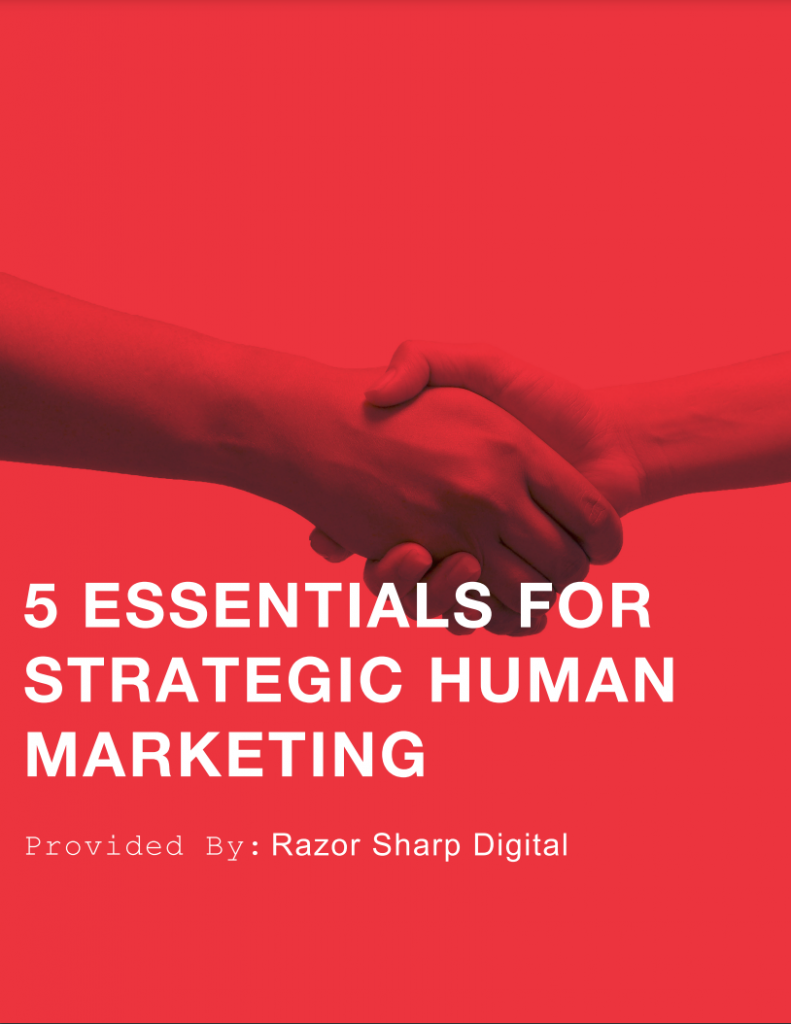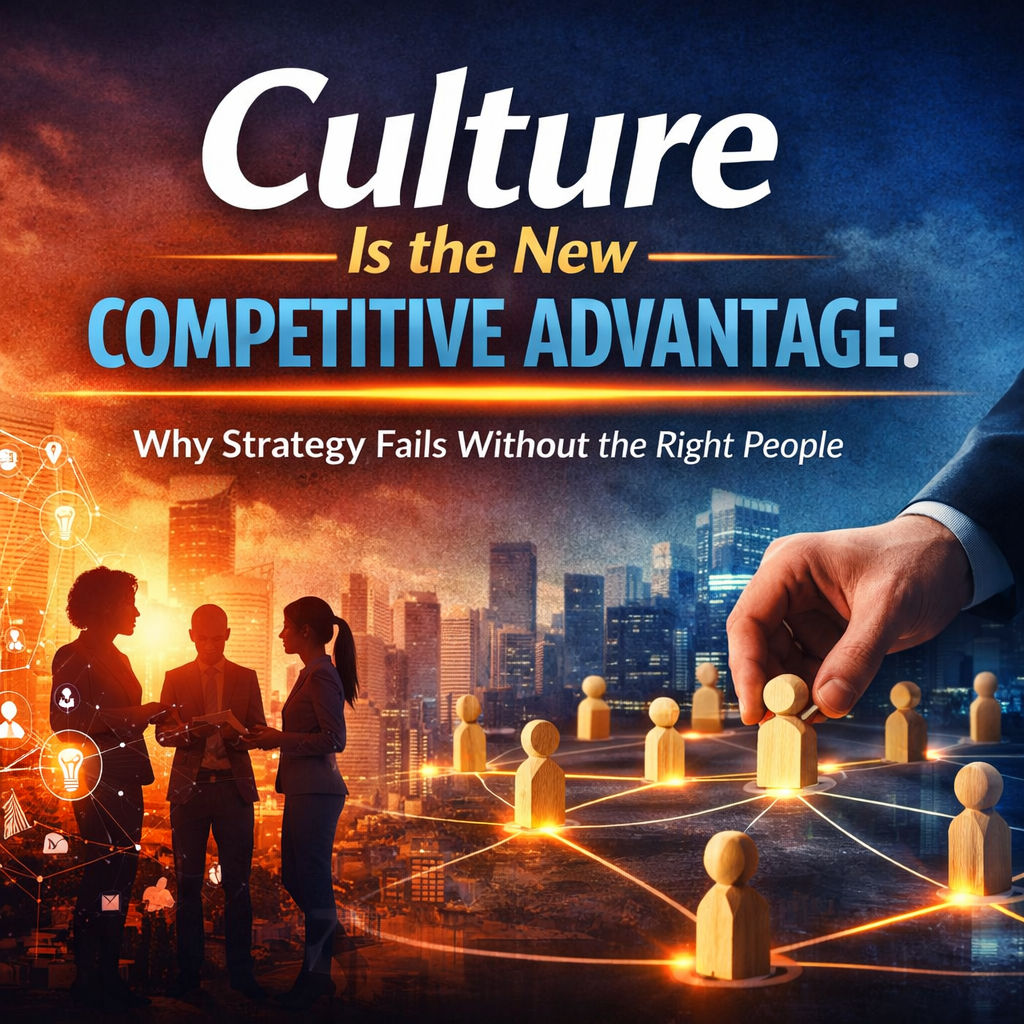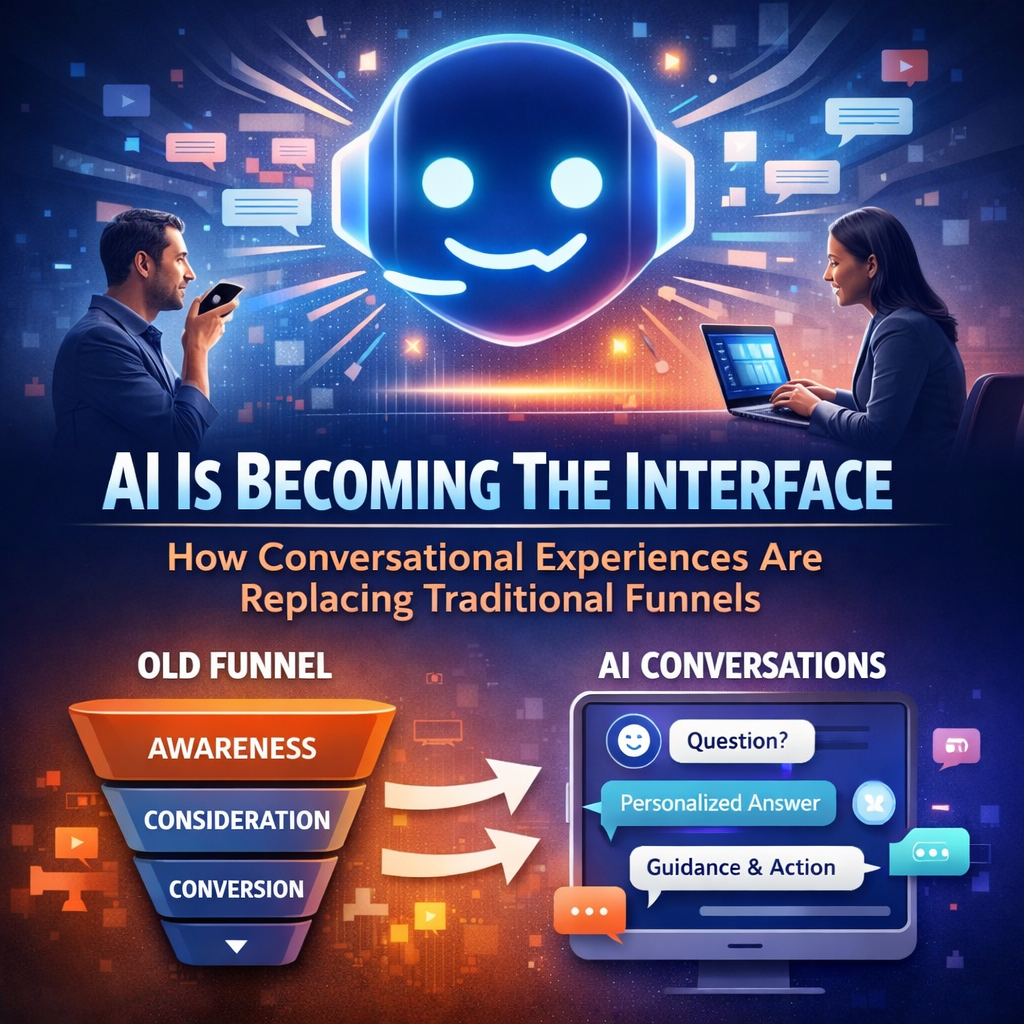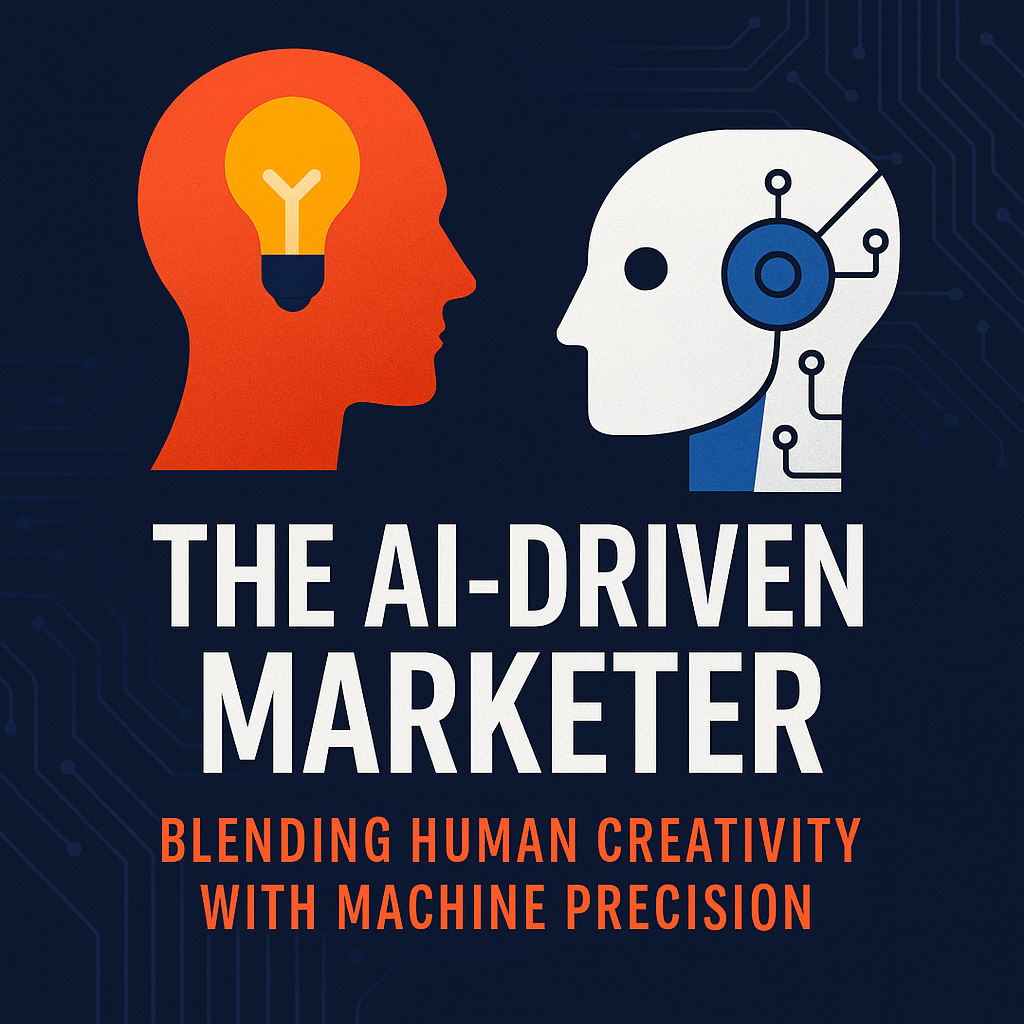This article explores why feedback matters, how to shift from old-school reviews to a real-time culture of growth, and practical steps leaders can take to unlock trust, performance, and adaptability across their teams.
Why Feedback Is Fuel
Feedback is more than a corporate process—it’s the oxygen that helps individuals and teams breathe, grow, and adapt. When delivered effectively, feedback:
Drives clarity: Employees understand expectations in real-time rather than guessing.
Builds trust: Honest, consistent communication creates psychological safety.
Accelerates growth: Small course corrections prevent bigger problems down the line.
Boosts performance: Employees who receive consistent feedback are more engaged and productive.
Think of it this way: just as athletes need coaching during practice—not months later—professionals need feedback when it counts. Waiting until the end of the year is like telling a runner after the race how they should have adjusted their stride.
The Problem with Annual Reviews
For decades, annual performance reviews have been the default for assessing employee performance. But here’s the truth: they’re outdated, stressful, and ineffective.
Delayed relevance: By the time feedback is shared, the context is lost.
Stress and anxiety: Employees dread review season, often associating it with judgment rather than growth.
One-size-fits-all: Reviews rarely reflect the nuances of day-to-day performance.
Missed opportunities: Critical growth moments are lost in the gap between review cycles.
Modern workplaces need a system that matches today’s pace: immediate, meaningful, and people-first.
What a Real-Time Feedback Culture Looks Like
A real-time feedback culture is one where feedback is natural, ongoing, and embraced by everyone—from the CEO to the newest intern. It thrives on openness, clarity, and shared accountability.
Characteristics of a Real-Time Culture
Continuous conversations, not annual check-ins.
Two-way communication, not top-down directives.
Coaching moments, not criticisms.
Trust and transparency, not fear or defensiveness.
Imagine a workplace where employees regularly hear:
Short, timely, constructive feedback helps employees adjust instantly rather than six months later.
The Trust Factor: Why Feedback Builds Connection
Trust is the foundation of every successful team. Real-time feedback nurtures this trust because it demonstrates care and investment in employees’ growth.
How Feedback Fuels Trust
Consistency: Regular feedback shows employees they’re seen and valued.
Transparency: Honest communication eliminates workplace guessing games.
Empathy: Feedback framed with understanding strengthens emotional connection.
Collaboration: Teams feel more unified when they share responsibility for growth.
Trust and feedback create a virtuous cycle: feedback fuels trust, trust opens the door to more feedback, and the cycle strengthens the organization.
Feedback as a Growth Mindset Driver
Psychologist Carol Dweck’s concept of the growth mindset emphasizes learning from challenges and mistakes. Real-time feedback reinforces this mindset by treating every moment as a chance to improve rather than a permanent judgment.
Employees learn to see feedback not as criticism but as opportunity. They adopt a mindset of:
“I can improve with effort.”
“Mistakes are lessons, not failures.”
“Feedback helps me grow, not shrink.”
This shift transforms company culture, creating resilient teams who adapt to uncertainty.
The Role of Leaders in Feedback-Driven Cultures
Leaders are the tone-setters. Without their commitment, feedback initiatives fail. Here’s what effective leaders do:
Model openness: They ask for feedback themselves.
Deliver feedback frequently: Not once a year, but every week.
Frame feedback constructively: Focusing on behavior, not personality.
Encourage peer feedback: Empowering employees to learn from one another.
Great leaders understand that feedback is coaching, not correcting. It’s about guiding people toward their potential, not punishing them for missteps.
Tools and Technology for Real-Time Feedback
Digital tools make real-time feedback easier than ever. Platforms like Slack, Microsoft Teams, and dedicated apps like Lattice or 15Five enable leaders and employees to exchange insights on the go.
Features That Support Real-Time Feedback:
Quick pulse surveys for team morale.
Recognition features for celebrating wins.
Anonymous options for sensitive issues.
Dashboards that track progress transparently.
But remember: tools amplify culture—they don’t replace it. Feedback must remain human-first, supported by tech, not driven by it.
Practical Strategies to Build a Feedback-First Culture
Start small: Introduce quick weekly check-ins.
Normalize praise: Celebrate small wins daily.
Train managers: Teach them to give specific, actionable feedback.
Encourage peer-to-peer: Build habits of cross-team recognition.
Make it safe: Foster a “no punishment” environment where feedback is growth-oriented.
Be consistent: Feedback should be regular, not sporadic.
Case Study: From Reviews to Real-Time
A mid-sized tech company transitioned from annual reviews to weekly feedback huddles. The results after one year:
Employee engagement scores rose by 37%.
Voluntary turnover dropped by 22%.
Productivity increased by 29%.
The takeaway? Employees didn’t just want feedback—they thrived on it.
Common Feedback Mistakes (and How to Avoid Them)
Even with the best intentions, feedback can backfire if mishandled.
Too vague: “Good job” doesn’t help growth. Instead, say, “Your visuals clarified the pitch perfectly.”
Only negative: Balance constructive criticism with recognition.
Delayed delivery: Feedback weeks later loses impact.
Public shaming: Always deliver sensitive feedback privately.
The goal is to uplift, not undercut.
Why Feedback-Driven Cultures Outperform
Organizations that embrace real-time feedback consistently outperform their peers. According to Gallup research, employees who receive consistent feedback are:
In competitive markets, this can be the difference between stagnation and scalable growth.
Building Feedback into Everyday DNA
To truly embed feedback as fuel, it must become part of your organizational DNA. That means it’s not a project or program—it’s a way of working.
Begin every project debrief with “What worked? What can we improve?”
Encourage leaders to recognize efforts in weekly standups.
Use digital tools to share instant praise.
Train employees to give and receive feedback gracefully.
When feedback becomes as natural as conversation, the culture shifts permanently.
Final Thoughts: Feedback Is the New Fuel
The future of work belongs to organizations that treat feedback as fuel—not a chore, not a one-off, but a continuous source of energy that powers growth, trust, and performance.
By replacing annual reviews with real-time conversations, leaders can:
Build trust at every level.
Accelerate employee growth.
Strengthen performance and adaptability.
Create a culture where feedback feels like empowerment, not evaluation.
The companies that thrive will be those that coach, not command; listen, not lecture; and use feedback to fuel every step forward.









